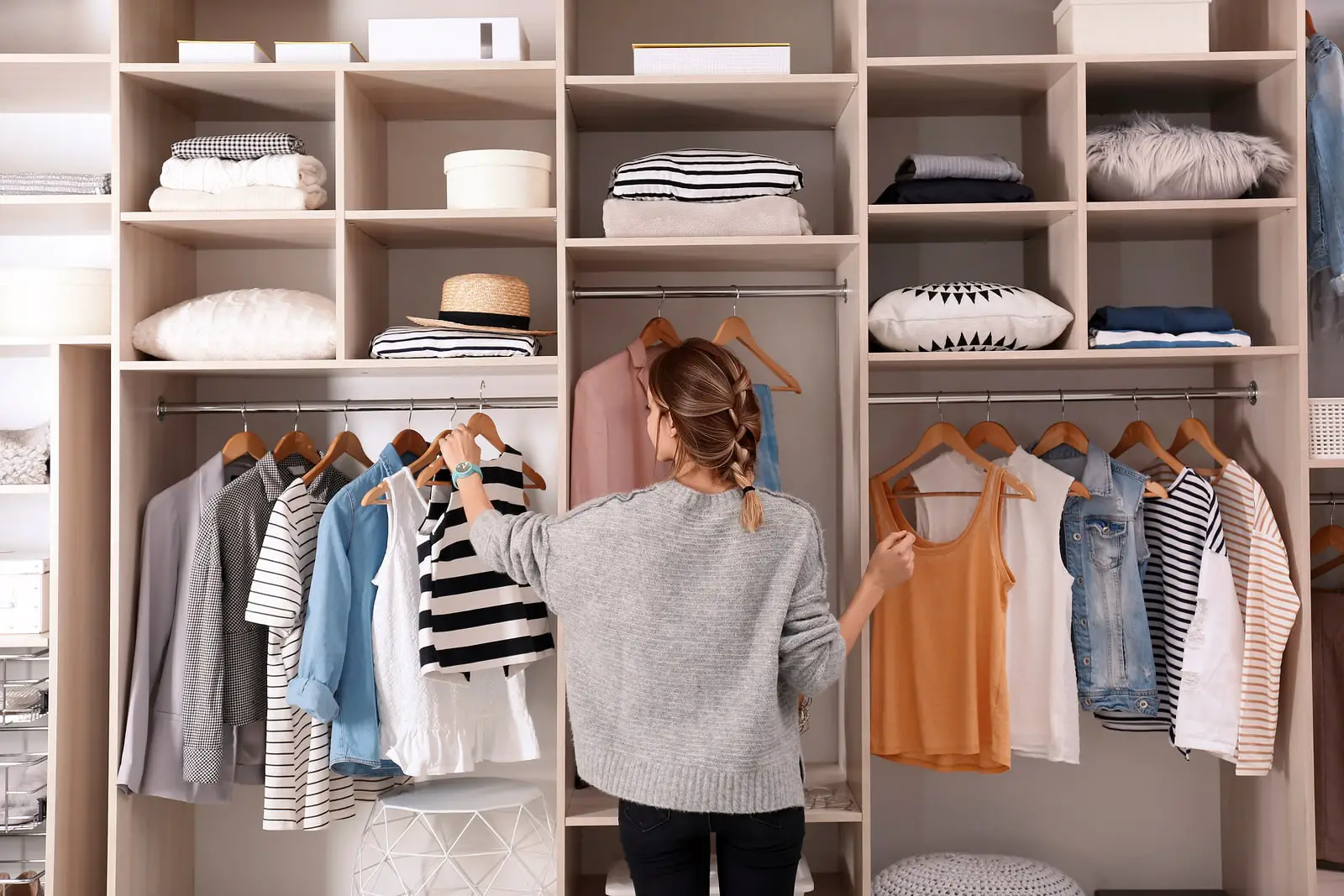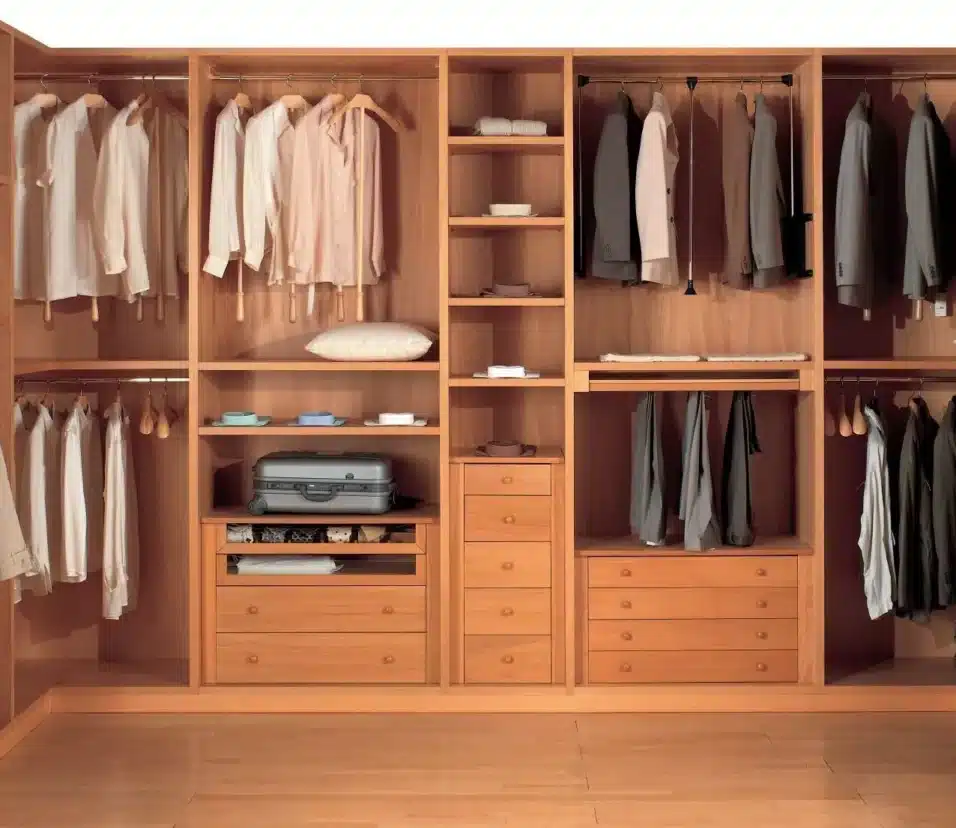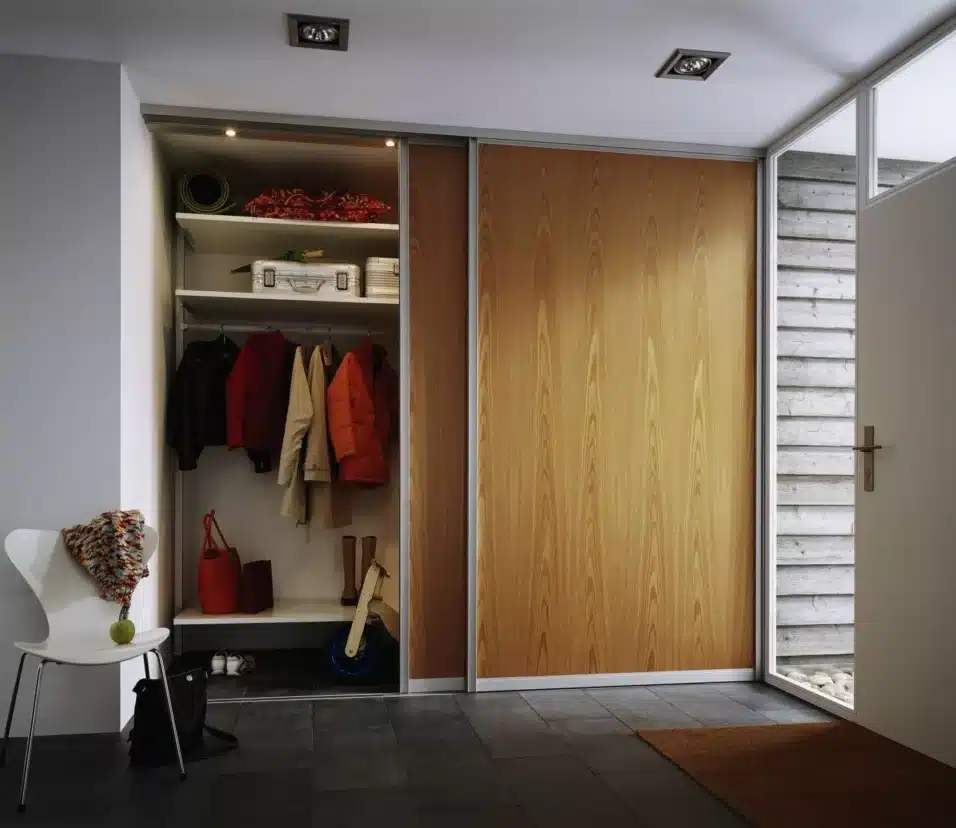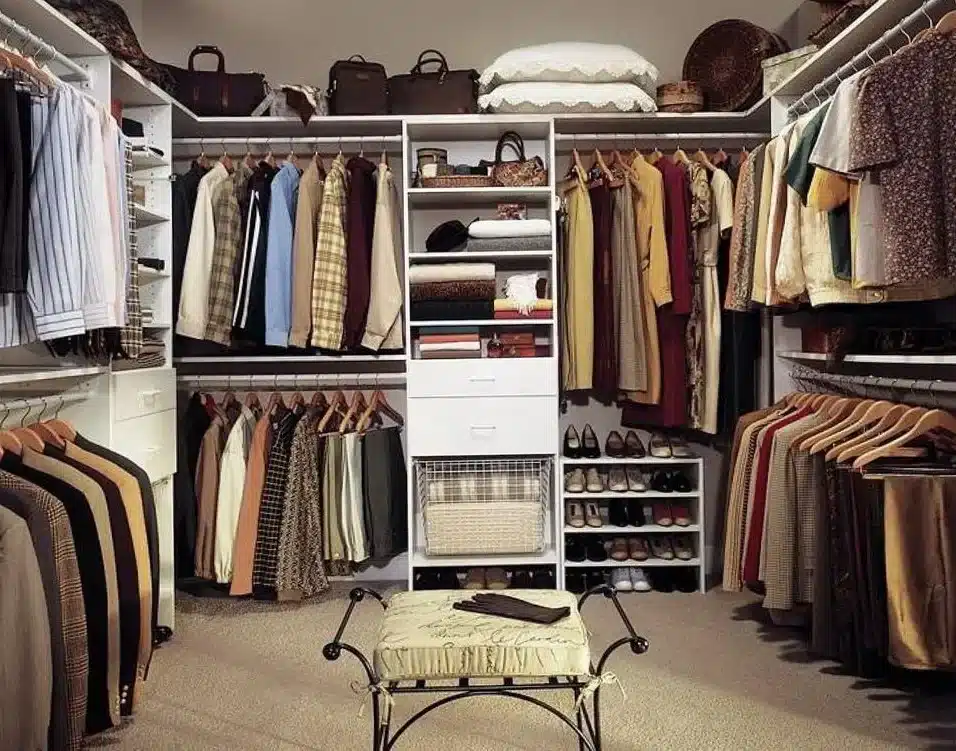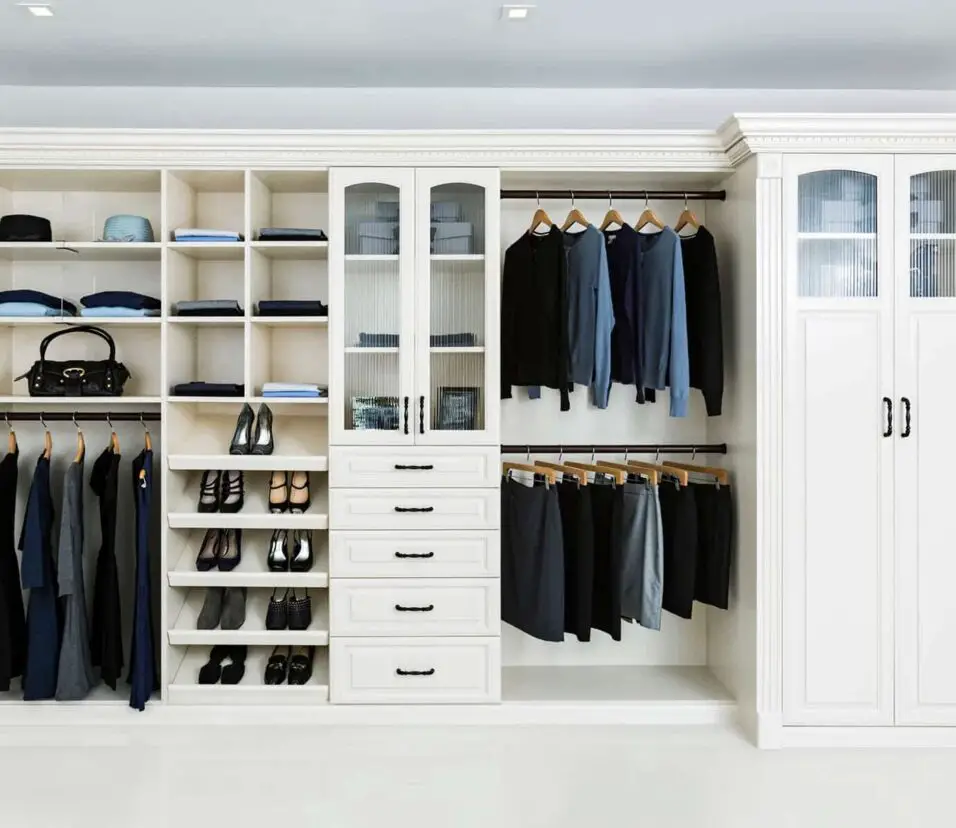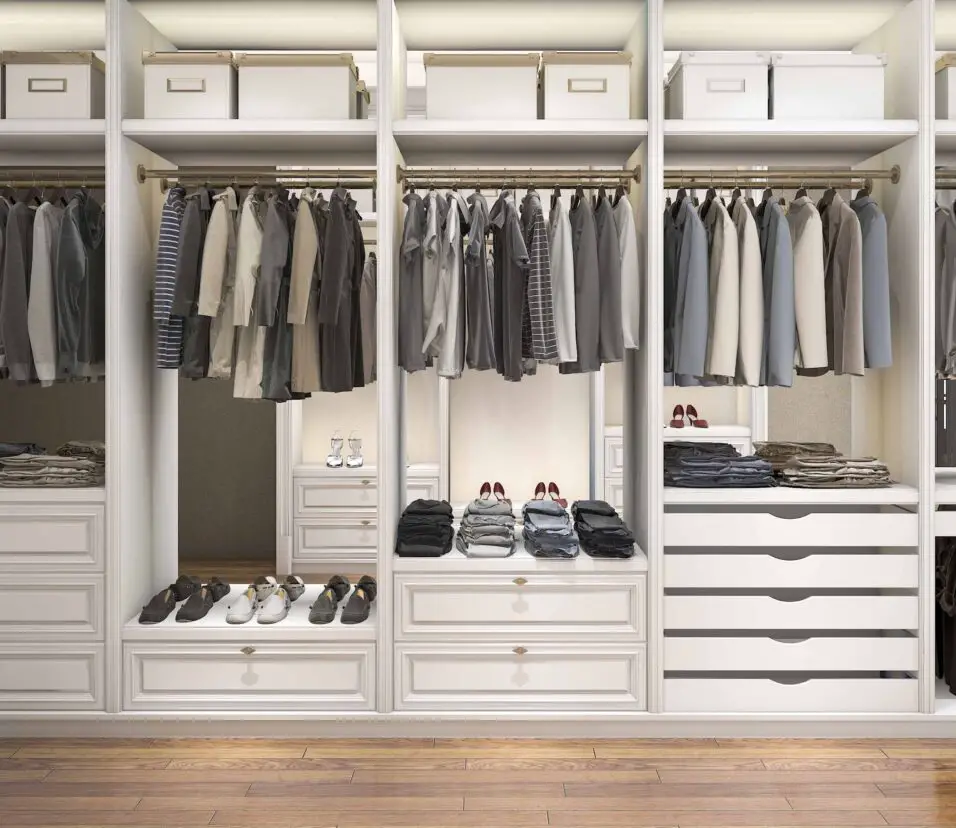How To Make A Wardrobe At Home
Introduction
How To Make A Wardrobe At Home: Having a well-organized wardrobe is essential for anyone who wants to start their day on the right foot. However, purchasing a ready-made wardrobe can be expensive and may not always meet your specific needs. The good news is that you can easily create a wardrobe at home that is both functional and stylish.
Understanding your needs: Before you begin building your wardrobe, it is important to assess your needs and determine what you want to store in it. Take a look at your current wardrobe and evaluate what works and what doesn’t. Consider the types of clothing and accessories you own, as well as any specific storage requirements you may have. This will help you determine the size, layout, and features your homemade wardrobe box should have.
Gathering materials and tools: Once you have a clear idea of what you need, it’s time to gather the necessary materials and tools. Depending on your budget and preferences, you can choose from a variety of materials such as plywood, MDF, or even repurpose existing furniture. Additionally, you will need basic tools like a saw, drill, screws, and sandpaper. Make sure to measure your space accurately and purchase enough materials to complete the project.
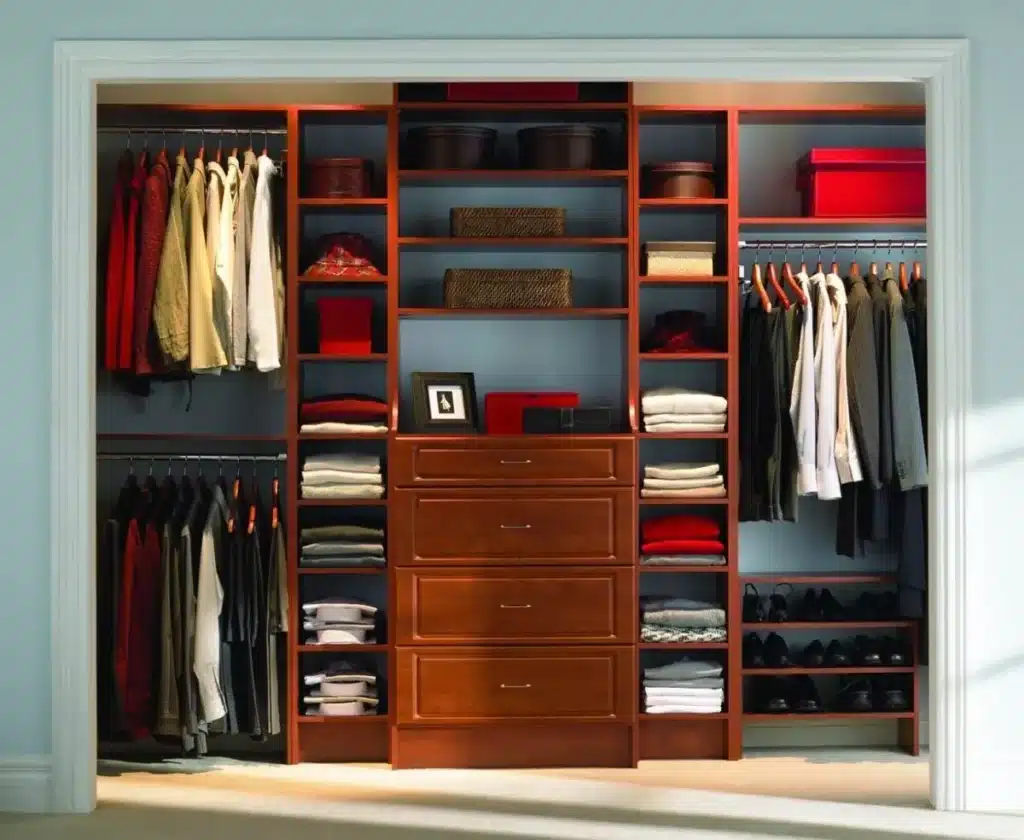
Can I build a wardrobe myself?
However, if you’re a fan of the ‘do it yourself’ mentality, you can build your own wardrobes instead. Read on to find our helpful hints and tips to consider when building your DIY fitted wardrobe. With easy to construct DIY kits available, our fitted wardrobes are not as difficult to ensemble as they may first sound.
Yes, you can definitely build a wardrobe yourself. Building your own wardrobe can be a rewarding and cost-effective project that allows you to customize the design and functionality to suit your specific needs. Whether you are a seasoned DIY enthusiast or a beginner, with the right tools, materials, and a little bit of patience, you can create a wardrobe that is both functional and aesthetically pleasing.
Before you start building your wardrobe, it is important to plan and design the layout. Consider the available space, the items you need to store, and any specific requirements you may have. You can find inspiration and ideas from various sources such as magazines, online platforms, or even by visiting furniture stores. Once you have a clear vision of what you want, you can create a detailed plan and make a list of the materials and tools you will need.
When it comes to actually building the wardrobe, it is important to follow the instructions carefully and take the necessary safety precautions. If you are a beginner, it may be helpful to start with a simpler design and gradually work your way up to more complex projects. Remember to measure twice and cut once to ensure accurate and precise results. Don’t be afraid to ask for help or seek guidance from experienced DIYers if needed.
How do I build a wardrobe from scratch?
How to Build a Wardrobe from Scratch
- Creating a Foundation of Staple Pieces.
- Expanding with Casual Pieces.
- Adding Dressy and Professional Clothes.
- Incorporating Accessories.
Building a wardrobe from scratch can be an exciting and daunting task. Whether you are starting fresh or looking to revamp your current style, creating a wardrobe that reflects your personal taste and meets your lifestyle needs requires careful planning and consideration. In this article, we will explore some key steps to help you build a wardrobe from scratch.
Assess your current wardrobe: Before you begin building a new wardrobe, it is important to assess your current collection of clothes. Take inventory of what you already own and determine what items you want to keep, what needs to be replaced, and what can be donated or sold. This will give you a clear idea of what you already have and what gaps need to be filled.
Define your personal style: Building a wardrobe from scratch is an opportunity to define and refine your personal style. Look for inspiration from fashion magazines, social media, and celebrities whose style you admire. This will help you create a cohesive and curated wardrobe that reflects your unique taste.
Identify your lifestyle needs: Your wardrobe should not only reflect your personal style but also cater to your lifestyle needs. Consider the activities you engage in on a daily basis, such as work, social events, and hobbies.
Invest in quality basics: Building a wardrobe from scratch requires investing in quality basics that will serve as the foundation of your wardrobe. These include items such as a well-fitting pair of jeans, a versatile blazer, a classic white shirt, and a little black dress.
How to make a low budget wardrobe?
Keep only the clothes you love and use often. Once you have done that, get creative with what is left. Use the Marie Kondo style of organizing to fold and stack your clothes in the most space-efficient way. Use hooks behind the door to hang up your belts, ties and scarves.27
Creating a low budget wardrobe can be a challenging task, especially when you have limited funds to work with. However, with some creativity and strategic planning, it is possible to build a stylish and versatile wardrobe without breaking the bank. In this article, we will discuss some tips and tricks to help you make a low budget wardrobe that suits your personal style and needs.
1. Assess your current wardrobe: Before you start shopping for new clothes, take a close look at your existing wardrobe. This will help you avoid unnecessary purchases and make the most of what you already own.
2. Set a budget: Determine how much you are willing to spend on your new wardrobe and stick to it. This will help you prioritize your purchases and avoid overspending. Consider allocating a certain amount of money for each category of clothing, such as tops, bottoms, and accessories.
3. Shop secondhand: Thrift stores, consignment shops, and online platforms like eBay and Poshmark are great places to find affordable clothing. Look for gently used items that are still in good condition. You can often find high-quality pieces at a fraction of their original price.
What materials do I need to build a wardrobe?
Here is a wardrobe material list to pick from:
1: Plywood: The Substitute Wardrobe Materials For Wood.
2: MDF: Eco-Friendly Wardrobe Materials.
3: Particleboard: Cost-Effective Wardrobe Materials.
4: Glass: The Best Wardrobe Materials for Compact Spaces.
5: Solid Wood: Popular Wardrobe Materials for Wardrobe Design.
These materials will ensure that your wardrobe is sturdy, functional, and aesthetically pleasing.
First and foremost, you will need the main structure of the wardrobe. This typically includes wooden boards or panels that will form the sides, back, and top of the wardrobe. The type of wood you choose will depend on your personal preference and budget. Common options include plywood, particleboard, or solid wood.
Next, you will need hardware such as screws, nails, and hinges to assemble the wardrobe. It is important to choose high-quality hardware that can withstand the weight of the wardrobe and ensure its durability. Additionally, you may need brackets or corner braces to reinforce the structure and provide extra support.
For the doors of the wardrobe, you will need materials such as wooden boards or glass panels. Again, the choice of material will depend on your desired aesthetic and functionality. If you opt for wooden doors, you may also need hinges, handles, and locks to complete the installation.
In addition to the main structure and doors, you will need shelves and drawers to maximize the storage capacity of your wardrobe. These can be made from the same materials as the main structure or from alternative options such as wire racks or plastic bins. You will also need drawer slides or runners to ensure smooth opening and closing of the drawers.
Which type of wardrobe is best?
An open-system wardrobe is easy to access and gives you full visibility into its contents. The same way, hinged wardrobe styles open out into the room which can take up more space in smaller rooms. Based on your requirements, you can easily find wardrobe styles that suit your interiors.
When it comes to choosing the best type of wardrobe, there are several factors to consider. The type of wardrobe that is best for you will depend on your personal preferences, the amount of space you have available, and your storage needs. In this article, we will explore some of the most popular types of wardrobes and discuss their advantages and disadvantages.
One of the most common types of wardrobes is the freestanding wardrobe. This type of wardrobe is not attached to the wall and can be moved around as needed. Freestanding wardrobes come in a variety of styles and sizes, making them a versatile option for any space.
Another popular type of wardrobe is the built-in wardrobe. As the name suggests, these wardrobes are built into the wall and are typically custom-made to fit the specific dimensions of the room. Built-in wardrobes offer a seamless and integrated look, as they are designed to blend in with the rest of the room’s decor. They also maximize storage space by utilizing every inch of available wall space. However, built-in wardrobes can be more expensive and time-consuming to install compared to freestanding wardrobes.
Luxury and Convenience: Walk-In Wardrobes Unveiled
Walk-in wardrobes are a luxurious option for those with ample space. These wardrobes are essentially a separate room dedicated to clothing storage. Walk-in wardrobes typically feature a combination of hanging space, shelves, and drawers, allowing for easy organization and access to your clothing and accessories. They also provide a dressing area, making it convenient to try on different outfits. However, walk-in wardrobes require a significant amount of space and may not be feasible for smaller homes or apartments.
Sliding door wardrobes are a space-saving option that is gaining popularity. These wardrobes feature doors that slide open and closed, rather than swinging open like traditional wardrobes. Sliding door wardrobes are a great choice for rooms with limited space, as they do not require extra space for the doors to open. They also offer a sleek and modern look.
To make a wardrobe at home, you will need several materials. The main material required is wood, which can be used for constructing the frame, shelves, and doors of the wardrobe. It is important to choose a sturdy and durable type of wood, such as oak or pine, to ensure the longevity of the wardrobe.
In addition to wood, you will also need screws, nails, and other hardware for assembling the wardrobe. These can be used to secure the different parts of the wardrobe together and ensure its stability. Other materials that may be required include hinges for the doors, handles or knobs for easy opening and closing, and paint or varnish for finishing the wardrobe.
Overall, the materials needed for making a wardrobe at home include wood, screws, nails, hinges, handles, and paint or varnish. It is important to choose high-quality materials to ensure the durability and functionality of the wardrobe.
What materials are needed to make a wardrobe at home?
To make a wardrobe at home, you will need several materials. The main material required is wood, which can be used to construct the frame, shelves, and doors of the wardrobe. It is important to choose a sturdy and durable type of wood, such as oak or pine, to ensure the longevity of the wardrobe. Additionally, you will need screws, nails, and other hardware to assemble the various components of the wardrobe. These should be chosen based on the size and weight of the wardrobe, ensuring they are strong enough to hold everything together securely.
In addition to wood and hardware, you may also need other materials such as paint or varnish to finish the wardrobe and give it a polished look. This can help protect the wood from damage and enhance its appearance. Depending on the design of the wardrobe, you may also need additional materials such as mirrors, handles, or knobs. It is important to plan ahead and gather all the necessary materials before starting the construction process to ensure a smooth and efficient build.
Are there any specific tools or equipment required for making a wardrobe at home?
When it comes to making a wardrobe at home, there are indeed some specific tools and equipment that you will need to have on hand. These tools are essential for ensuring that the construction process goes smoothly and that the end result is a sturdy and functional wardrobe.
1. Measuring Tape: This is an absolute must-have tool for any DIY project, including building a wardrobe. A measuring tape will help you accurately measure the dimensions of the space where the wardrobe will be placed, as well as the dimensions of the materials you will be using.
2. Saw: A saw is necessary for cutting the wooden boards and panels that will form the structure of the wardrobe. There are different types of saws available, such as a circular saw or a miter saw, so choose one that suits your needs and comfort level.
3. Drill: A drill is essential for creating holes for screws and other fasteners. It will also come in handy for attaching hinges, handles, and other hardware to the wardrobe.
4. Screwdriver: A screwdriver is needed for driving screws into the wooden boards and panels. It is important to have both a flathead and a Phillips head screwdriver, as different types of screws may require different types of screwdrivers.
5. Sandpaper: Sandpaper is necessary for smoothing out rough edges and surfaces of the wooden boards and panels. It will help create a polished and professional-looking finish for your wardrobe.
Overall, having these specific tools and equipment will make the process of making a wardrobe at home much easier and more efficient. Investing in quality tools will not only ensure the success of your project but also allow you to use them for future DIY endeavors.
Are there any alternative methods or techniques for constructing a wardrobe at home?
Yes, there are alternative methods and techniques for constructing a wardrobe at home. One alternative method is to repurpose existing furniture or materials to create a wardrobe. For example, you can use an old bookshelf or a set of drawers and modify them to fit your needs. This can be a cost-effective option as it eliminates the need to purchase new materials.
Another alternative technique is to use modular or DIY wardrobe systems. These systems typically consist of pre-made components that can be easily assembled and customized to create a wardrobe. They often come with instructions and can be a convenient option for those who are not experienced in woodworking or do not have access to specialized tools.
Are there any tips or recommendations for ensuring the durability and functionality of a homemade wardrobe?
When it comes to ensuring the durability and functionality of a homemade wardrobe, there are several tips and recommendations that can help you achieve the desired results. Firstly, it is important to choose high-quality materials for your wardrobe construction.
Another important aspect to consider is the design and layout of your wardrobe. Make sure to plan the interior space efficiently, taking into account your storage needs and preferences. Incorporate features such as adjustable shelves, hanging rods, and drawers to maximize the functionality of your wardrobe.
Lastly, proper finishing and maintenance are crucial for the longevity of your homemade wardrobe. Apply a protective finish, such as varnish or lacquer, to the wood to prevent damage from moisture and scratches. Regularly clean and dust the wardrobe to maintain its appearance and functionality. Additionally, avoid overloading the wardrobe with excessive weight, as this can strain the structure and lead to damage.
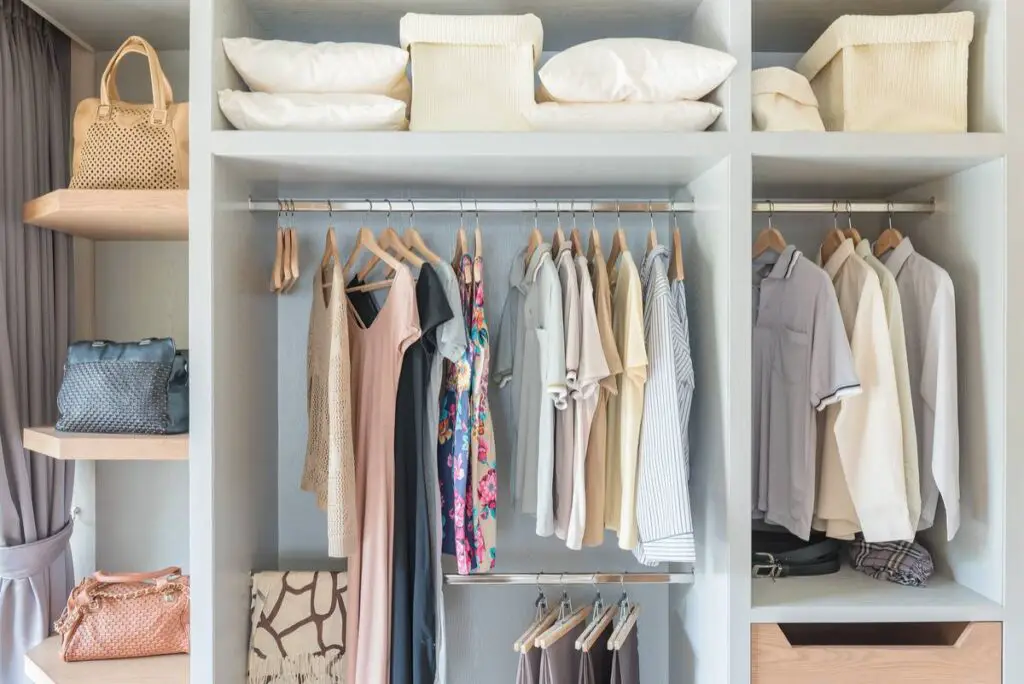
Conclusion
Making a wardrobe at home can be a fun and rewarding project. By following the steps outlined above, you can create a customized wardrobe that meets your specific needs and preferences.
One of the advantages of making a wardrobe at home is the ability to customize it to your specific needs. You can choose the size, shape, and design that best fits your space and storage requirements. Additionally, you can select the materials and finishes that match your existing decor or create a unique look. This level of customization is not always possible with store-bought wardrobes, making a homemade wardrobe a great option for those who want something truly unique.
Another benefit of making a wardrobe at home is the cost savings. While store-bought wardrobes can be expensive, especially for high-quality or designer options, making your own wardrobe allows you to save money on both materials and labor. By sourcing materials from local suppliers or repurposing items you already have, you can significantly reduce the cost of your wardrobe project. Additionally, by doing the work yourself, you can avoid paying for professional installation or assembly.
Making a custom wardrobe at home is a rewarding and cost-effective option for those looking to add storage and style to their space. By following the steps outlined above and customizing the design to your specific needs, you can create a wardrobe that is both functional and aesthetically pleasing. Whether you are a seasoned DIY enthusiast or a beginner looking to try your hand at woodworking, making a wardrobe at home is a project that is well worth the time and effort.



